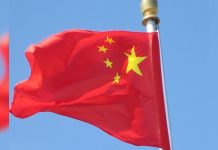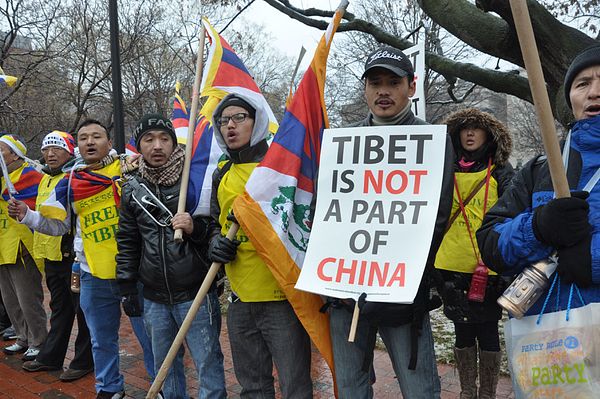China released its latest white paper on Tibet, Human Rights in Xizang in the New Era, on March 28. The Chinese Communist Party (CCP) calls this date “Serf Emancipation Day.” It is the anniversary of the CCP’s dissolution of Tibet‘s legitimate government in 1959.
After 70 years of control, China’s legitimacy in Tibet remains an unresolved international issue. This situation is highlighted by the fact that this is China’s 18th white paper on Tibet. That is more than any other country has produced about the territories it claims. Over-issuing white papers only reinforces the image of a fragile regime resorting to propaganda and disinformation.
The white paper shows how far the CCP will go to impose its blatant lies on both its people and the international community. It falsely portrays the Chinese People’s Liberation Army as liberators of Tibet from imperialist forces and feudal lords. Beijing has assaulted and distorted the very concept of human rights to legitimize the genocide it committed — and continues to commit in Tibet and other occupied territories. It does not become an aspiring superpower to stoop so low, distorting reality and historical facts, and spreading disinformation.
Erasing Tibet Through Language
This time, unlike previous white papers, China has made a deliberate effort to avoid using the word “Tibet.” Instead, it has adopted its own nomenclature of Xizang for Tibet. This reflects a deliberate policy shift: erasing historical Tibet — U-Tsang, Amdo, and Kham — and replacing it with the Tibet Autonomous Region, which Beijing has now renamed the Xizang Autonomous Region.
The latest white paper consists of eight chapters and a concluding remark. It focuses on themes of human rights and effectively safeguarding people’s democratic, economic and social rights, culture, religious freedom, and the environment. There are many facts, however, that it hides.
Compare it to the first white paper on Tibet, issued in 1992. That one had the title, “Tibet – Its Ownership and Human Rights Situation.” No matter the tall tales and mendacity of the contents, it at least talked about Tibet.
A Façade of Rights
The 2025 white paper opens with the statement:
Yes, the statement echoes the United Nations’ Universal Declaration of Human Rights, to which China is a signatory, and even the Chinese constitution. But does the regime practice what it preaches?
Over 157 Tibetans have self-immolated, demanding those very rights China says it is safeguarding. Liu Xiaobo, the 2010 Nobel Peace Laureate, died seeking them for the Chinese people. People are still tortured or disappeared for simply possessing a photo of the Dalai Lama. Or for talking about the importance of Tibetan language, culture, and religion. The regime disparages His Holiness the Dalai Lama and Tibetans as separatists and anti-China. It even tries to misinform the Chinese people.
China has hidden the 2008 Tibetan proposal — the Memorandum on Genuine Autonomy for the Tibetan People — from its own citizens. This peaceful “Middle Way” approach to coexistence with China remains censored, contradicting the government’s claim of transparency and pluralism









































